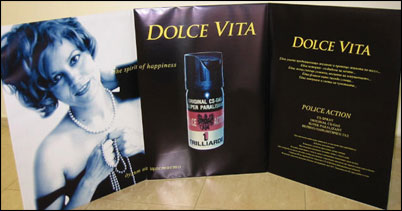Women on the Edge of Feminism
“The 8th of March” women’s group has existed in the cultural horizon of Bulgaria since 1997 when a few female artists got together to react against the “Erotica” exhibition in which only male artists were invited to take part. Little by little, spontaneity gave way to organized work and, since then, eight exhibitions, a few international projects, catalogues, brochures, and a CD have been issued.
“The 8th of March” carries all … Read more









